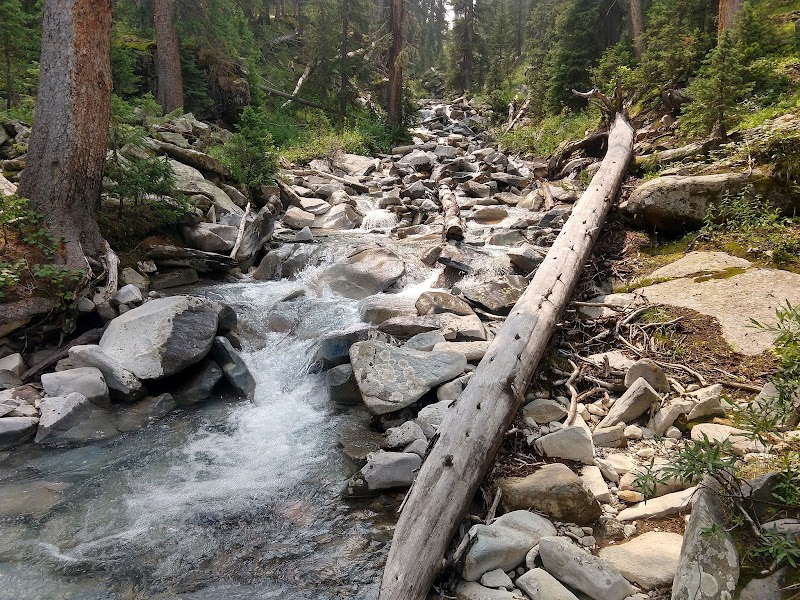
Rocky Mountains Adventures
The Rocky Mountains stretch over 3,000 miles from New Mexico to British Columbia and are a haven for outdoor enthusiasts. They offer a stunning array of activities, from hiking and skiing to wildlife viewing.
Popular Activities
Plan Your Visit
Everything you need to know to prepare for an unforgettable trip to Rocky Mountains.
Entrance Requirements
Some areas require permits or entrance fees; check individual locations.
Best Time to Visit
Late spring to early fall for hiking; winter for skiing and snow sports.
Visitor Information
Rocky Mountain National Park Visitor Center, Yellowstone Visitor Center.
Getting There
Major highways connect parts of the Rockies; some roads are seasonal.
Weather & Climate
Summer temperatures range from 70-80°F during the day but drop at night. Winters are cold with heavy snow, making spring and fall ideal for cooler weather hikes.
Conservation Efforts
Threats include climate change impacting snowpack and glaciers, as well as potential wildfires. Efforts are underway to protect habitats and species like the Canada lynx.
Camping in Rocky Mountains
Find the perfect spot to stay overnight and immerse yourself in the details.
Moraine Park Campground
Located in Rocky Mountain National Park; famous for scenic views and wildlife.
Jenny Lake Campground
Offers stunning views of the Teton Range in Grand Teton National Park.
Top Trails
Continental Divide Trail
The trail spans from Mexico to Canada, offering varied terrains and ecosystems.
Sky Pond via Glacier Gorge Trail
Ends at an alpine lake, featuring waterfalls and stunning views.
Bear Lake Trail
A short, accessible loop with beautiful lake and mountain views.
Twin Sisters Trail
Offers panoramic views from the summit and challenges with elevation gain.
Trailblazer Tips
Altitude sickness can affect anyone, stay hydrated and acclimate.
Summer storms can appear suddenly; pack rain gear and check forecasts.
Book campsites well in advance, especially during peak season.
Sunrise hikes offer stunning views and fewer crowds.
